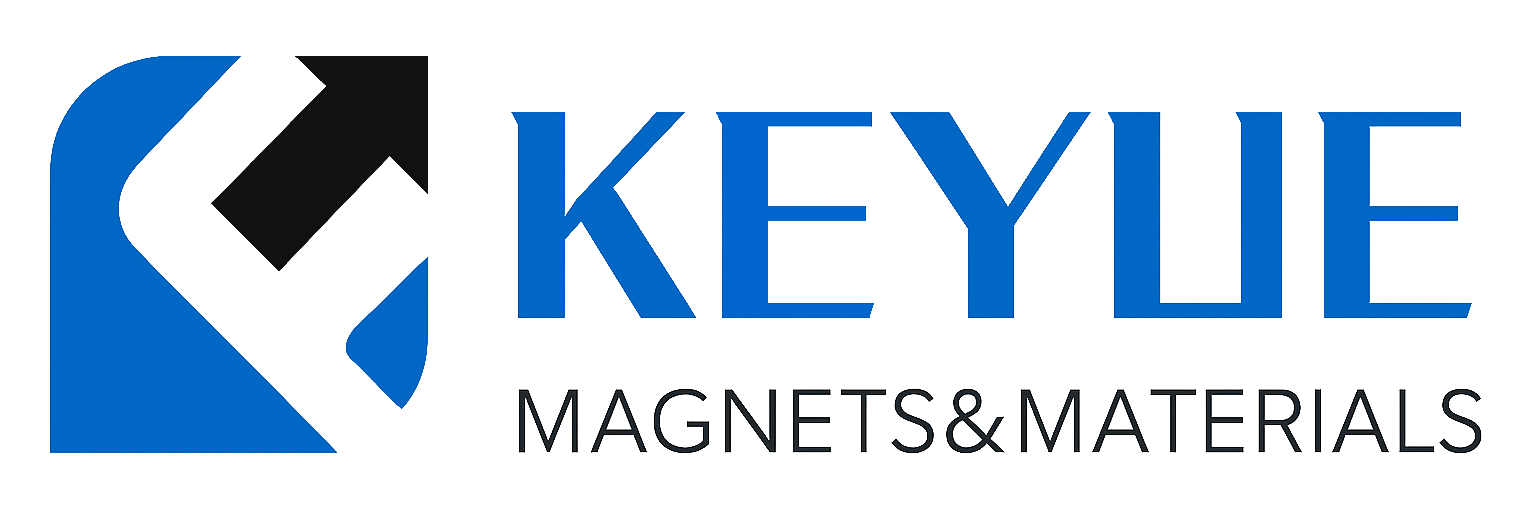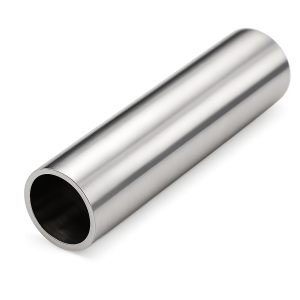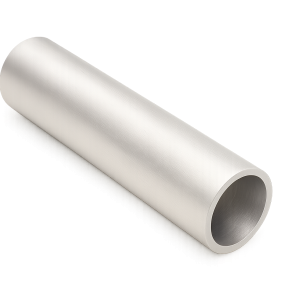描述
铼管(Re Tube)
产品简介
铼管(Re Tube)是一种由高纯铼(Purity ≥ 99.9%)制成的高熔点难熔金属管材。铼具有极高的熔点(3180°C)与优异的热稳定性、抗蠕变性能及抗氧化性能,是目前已知金属中耐高温性能最强的材料之一。高纯铼管广泛应用于高温炉、真空电子器件、离子推进系统以及高温测温元件中。
产品详情
苏州科跃材料科技有限公司生产的铼管采用高纯铼粉经热等静压(HIP)—真空烧结—机械加工制备而成,组织致密、纯度高、无夹杂物。
产品具有良好的延展性、耐高温氧化性和极低的蒸气压,可长期在极端温度和真空环境中稳定使用。
典型规格如下:
-
纯度等级:99.9%、99.99%
-
外径范围:3 – 50 mm
-
壁厚范围:0.3 – 5 mm
-
长度:≤1000 mm(可定制)
-
制造工艺:CIP / HIP 成形 + 真空烧结 + 精密机械加工 + 抛光
-
表面状态:银灰色金属光泽 / 精抛光 / 去氧化层
高纯铼管的密度可达理论密度的 99.8%,耐高温性能优异,可与钨或钼配合用于复合真空系统或热场组件。
应用领域
铼管因其高熔点与抗热疲劳特性,在高温及真空领域应用广泛:
-
真空及高温炉系统:用于加热元件、热电偶保护管与高温传感结构。
-
航空航天领域:用于喷嘴、推力室、离子推进系统部件。
-
科研与实验设备:高温反应管、蒸发源与高纯气体导管。
-
电子与半导体制造:用于蒸发电极及高真空镀膜系统。
-
核能与材料研究:用于高温结构件及辐照实验装置。
技术参数
| 参数 | 典型值 / 范围 | 说明 |
|---|---|---|
| 纯度 | 99.9% – 99.99% | 高纯度确保真空与高温稳定性 |
| 密度 | 21.02 g/cm³ | 接近理论密度 |
| 熔点 | 3180 °C | 金属中最高熔点之一 |
| 导热率 | 48 W/m·K | 稳定的高温导热性能 |
| 抗拉强度 | ≥900 MPa | 强度高,适合高载热结构 |
| 热膨胀系数 | 6.2 × 10⁻⁶ /K | 热变形小 |
| 工艺 | HIP + 真空烧结 + 精加工 | 结构致密,表面光洁 |
常见问题(FAQ)
| 问题 | 答案 |
|---|---|
| 铼管能耐多高的温度? | 可在 2800°C 以上长期使用,在真空环境下性能最优。 |
| 是否适合真空系统? | 是的,铼具有极低蒸气压和优异真空稳定性。 |
| 可否加工毛细管? | 可以,最小内径可达 0.5 mm。 |
| 是否可与钨或钼配合使用? | 可以,与W或Mo共用能提高抗蠕变性能。 |
| 铼管是否抗氧化? | 在高温氧化环境下需保护气氛,可镀层或包覆使用。 |
| 可否定制特殊尺寸? | 支持图纸加工与特殊尺寸定制。 |
| 是否具磁性? | 无磁性,适用于电子与磁场敏感设备。 |
| 是否可焊接? | 可采用电子束焊、钎焊或扩散焊连接。 |
| 是否附带检测报告? | 提供纯度分析、显微组织与尺寸检测报告。 |
| 交货时间? | 标准尺寸库存供应,定制件交期约3–4周。 |
包装与交付
每根铼管出厂前均经过显微检测与尺寸校准,采用真空密封、防潮防震包装。运输采用防氧化双层密封体系,可附RoHS、REACH与材质分析报告。
结论
铼管(Re Tube)凭借其超高熔点、高强度与优异的真空稳定性,是高温系统与航天器件的关键材料。
如需了解更多技术参数或获取报价,请联系:sales@keyuematerials.com

.png)
-300x300.png)


评价
目前还没有评价